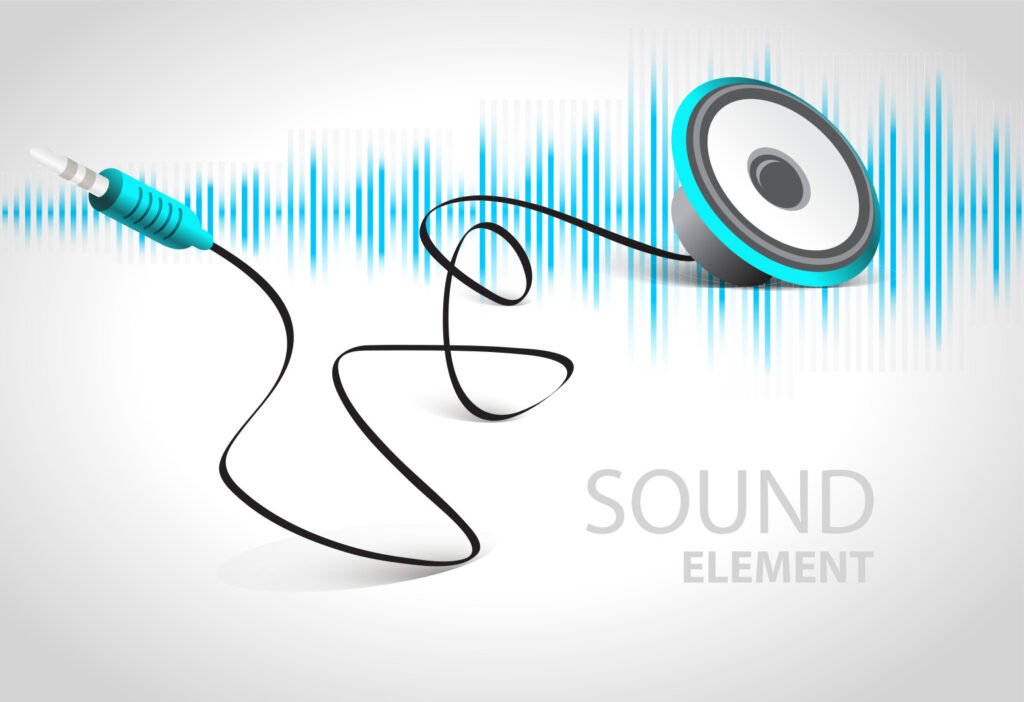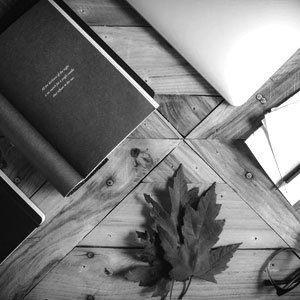Introduction to the World of Speaker Cables
When you step into the intricate realm of audio technology, one realization quickly becomes clear: every detail matters. From the placement of your speakers to the format of your audio files, every aspect plays a role in shaping the final sound that reaches your ears. And among these myriad details, speaker cables stand out as a pivotal component.As a speaker cable manufactuer, we could meet with your requirements.

Why are a correct speaker cables manufactuer is so essential?

Material Matters
The composition of a speaker cable can drastically alter the sound’s clarity and quality. Pure materials, like oxygen-free copper or silver, can conduct signals more efficiently, minimizing loss and distortion.

Resistance and Capacitance
Every cable possesses inherent resistance, capacitance, and inductance. These properties can affect the fidelity of the sound transmission. Therefore, choosing the right gauge (thickness) and length is crucial.

Shielding Against Interference
A speaker cable isn’t isolated. It exists amidst other electronic devices and cables. Without proper shielding, a speaker cable can pick up interference, leading to hums, buzzes, and other unwanted sounds.

Featured Product Spotlight: 10 ft 12 AWG Manufactured Speaker Cable
In the vast sea of speaker cables, certain specifications have earned the spotlight for their performance, durability, and user recommendations. At the pinnacle of this list stands the “10 ft 12 AWG Manufactured Speaker Cable.” But what makes this particular cable so special?
Decoding the Details:
10 ft (Feet): This length is neither too short to limit your speaker placement nor too long to introduce unnecessary resistance. It’s the Goldilocks of lengths, ideal for most living rooms, studios, and home theaters. It offers flexibility in positioning your speakers for optimal sound staging and acoustic performance.
12 AWG (American Wire Gauge): AWG refers to the thickness of the wire. The lower the number, the thicker the wire. A 12 AWG is thick enough to reduce resistance, especially crucial for longer lengths of cable. Reduced resistance means minimal signal loss, ensuring that your speakers receive a robust and clear signal.
Why This Cable Stands Out:
High-Fidelity Sound: With the combination of ideal length and thickness, this cable ensures that the audio signal remains pure and strong from the source to the speaker.
Versatility: Suitable for a wide range of audio equipment setups, from home theaters to professional studio rigs.
Durability: Typically, cables with this specification are manufactured with high-quality materials and superior craftsmanship, ensuring longevity and consistent performance.
Cost-Effective: Given their performance, 10 ft 12 AWG cables often provide excellent value for money, offering premium sound quality without breaking the bank.
In a world where every detail of your audio setup matters, the “10 ft 12 AWG Manufactured Speaker Cable” proves to be a worthy centerpiece, ensuring that your system sounds as impeccable as possible.
F.A.Q.
Speaker Cables Unraveled
AWG stands for “American Wire Gauge.” It’s a standard used in the U.S. to denote the diameter or thickness of the wire. In speaker cables, AWG is crucial because it impacts the cable’s resistance. A lower AWG number indicates a thicker wire, which often means less resistance and potentially better signal transmission, especially over longer distances.
Yes, it can. Over longer distances, resistance in the cable increases, which might lead to signal loss or attenuation. It’s why thicker cables (with a lower AWG number) are generally recommended for longer runs. However, for typical home setups, the difference might be negligible unless you’re running cables over exceptionally long distances.
Not necessarily. While premium cables often use high-quality materials and advanced manufacturing processes, it’s essential to strike a balance between cost and actual performance benefits. It’s always a good idea to research, read reviews, and sometimes even test cables in your setup before making a significant investment.
Oxygen-free copper (OFC) cables are manufactured with a process that reduces the amount of oxygen in the copper, leading to higher purity. Proponents believe that OFC cables offer better conductivity and, thus, better sound transmission. However, the audible differences between OFC and regular copper cables can be subtle and might not always justify the price difference for every listener.
While most speaker cables will work for a basic surround sound setup, it’s crucial to choose cables that match the power and impedance requirements of your system. Also, consider the distances between your receiver/amplifier and each speaker. Consistency in cable type and quality can help ensure a uniform soundstage.
The idea of a ‘break-in’ period for speaker cables is a topic of debate in the audiophile community. Some believe that cables need time (often several hours to days of playing music) to reach their optimal performance. However, scientific evidence supporting this notion is scant. Most listeners should focus on immediate compatibility and performance when selecting cables.
Good quality speaker cables, when treated well, can last for many years without noticeable degradation in performance. However, it’s a good idea to check your cables periodically for signs of wear, corrosion, or damage. If you’re experiencing sound issues and have ruled out other components as the cause, it might be time to consider new cables.